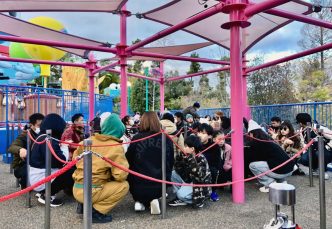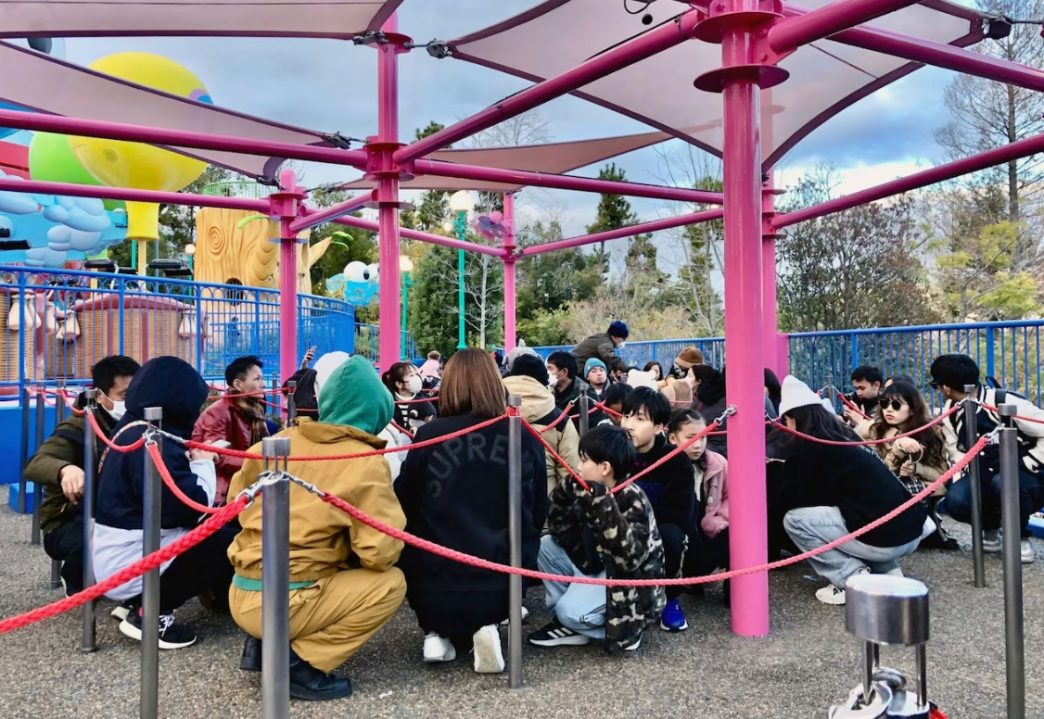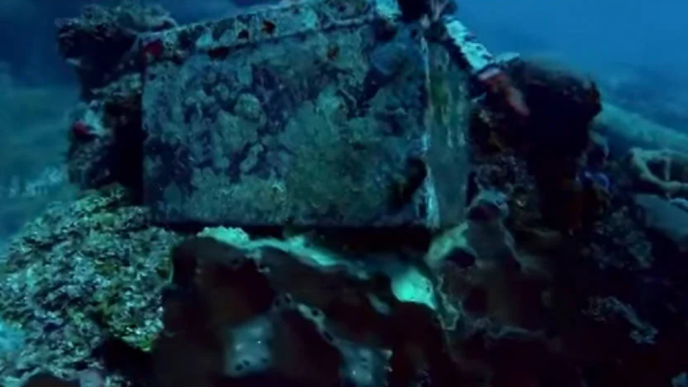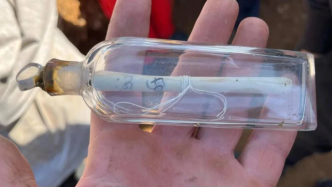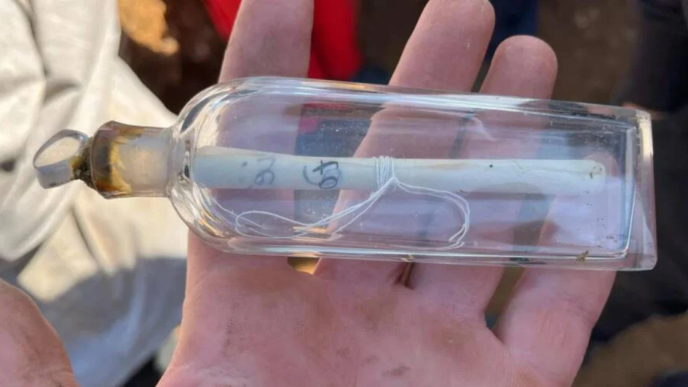The nation has established itself as one of the most-prepared countries globally, thanks to its seismic building codes and a culture built around readiness, largely influenced by lessons learned from previous disasters.
Just three days after a significant earthquake struck the West Coast of Japan, a challenging search for survivors continues. The 7.6 magnitude quake near the Noto Peninsula caused the strongest shaking the area had felt in years, leading to a tsunami evacuation order affecting nearly 100,000 residents. While damage assessments are still underway, initial reports indicate that hundreds of homes were destroyed due to the earthquake and resulting fires, with over 80 fatalities confirmed.
However, seismologist Lucy Jones believes that the severity and offshore position of this earthquake could have led to far greater destruction without the nation’s preparedness. On X, Jones commended Japan’s “robust, enforced building codes,” noting that these regulations helped limit the damage significantly.
Japan stands as one of the most seismically active regions worldwide, situated at the convergence of four tectonic plates, making earthquakes inevitable. Although many of these tremors go unnoticed, seismic activity is a daily occurrence, with the EarthScope Consortium reporting around 1,500 noticeable quakes annually. Given this inherent risk, the Japanese populace has integrated earthquake readiness into their communities’ physical and social frameworks.
Adapting to significant earthquakes
Gaining insight into how best to prepare for major earthquakes often comes from hard-fought experiences, as stated by Keith Porter, chief engineer at Canada’s Institute for Catastrophic Loss Reduction. Following a devastating 7.9 magnitude earthquake in 1923 that resulted in over 140,000 deaths and destroyed countless buildings, Japan first instituted seismic building regulations. These early rules aimed to reinforce new constructions in urban areas, imposing oversight on the construction of wooden and concrete structures.
Since then, the seismic code has undergone several important revisions, particularly with the Building Standard Law of 1950 and the New Earthquake Resistant Building Standards Amendment of 1981. These laws not only outlined construction specifics but also set expectations for building performance during earthquakes. The 1950 legislation ensured that buildings could endure quakes up to magnitude 7 without significant damage. The 1981 amendment elaborated further, indicating that such structures should sustain minimal damage and remain functional even when exposed to a magnitude 7 quake. For stronger earthquakes, the law specifies that buildings must avoid collapsing.
In essence, when it comes to enduring major earthquakes like the one that occurred on January 1, 2024, Porter explains, “A building is deemed successful if it doesn’t collapse and result in casualties, even if the damage is substantial enough to render it economically unrepairable.” Similar criteria are observed in North America, where the emphasis is on preserving lives rather than ensuring long-term structural stability. While this priority is clear, Porter points out that accepting varying levels of damage can lead to increased costs and maintenance issues later on.
Design strategies for earthquakes
Numerous methodologies in Japan achieve these standards, with choices often influenced by the type of building—such as skyscrapers or single-family homes—as well as budget and additional factors. At a fundamental level, buildings are strengthened with more robust beams, columns, and walls to enhance their ability to resist shaking.
There are also strategies to isolate structures from ground movement. A commonly used method involves placing pads made of shock-absorbing materials, like rubber, at the building’s foundation to mitigate the impact of shaking. A more advanced approach, known as the base isolation system, comprises layers of thick padding under the entire structure, creating complete separation from the shaking earth.
Porter notes that many older Japanese buildings utilize traditional post-and-beam wood frame techniques, which are “typically quite fragile” and susceptible to quakes. In response to a tragic 1995 earthquake, Japan shifted its focus to retrofitting older buildings to enhance their earthquake resistance.
Of course, these measures are not infallible. Challenges can arise depending on a building’s location, especially in liquefaction zones where the ground loses its ability to support structural weight. Furthermore, there are secondary risks that may follow major quakes, such as fires or tsunami damage.
Consequently, ensuring building safety is only one aspect of Japan’s comprehensive earthquake resilience approach.
In the aftermath of the New Year’s quake, University of Tokyo professor Toshitaka Katada told the Associated Press that no other people globally are as prepared for disasters as the Japanese, thanks to routine preparedness practices like evacuation planning and drills. Evacuation centers, typically schools or community spaces, are stocked with emergency supplies, and residents are encouraged to keep their own emergency kits at home. Japan also possesses a well-established warning system that was activated during this week’s earthquake and tsunami risk.
This illustrates how past disasters have influenced current emergency systems, as noted by social scientist James D. Goltz, a guest scholar at the Disaster Prevention Research Institute at Kyoto University. After the catastrophic 2011 Great East Japan Earthquake, a 9.0 magnitude quake that caused a tragic tsunami, Goltz observed an increased focus on education and not just on “hard mitigation strategies,” like enhancing infrastructure, but also on “soft mitigation strategies” that improve warning systems and identify safe zones during tsunamis.
Already, Koichi Kusunoki, a professor at the Earthquake Research Institute at the University of Tokyo, mentioned that he and his team are conducting field surveys along the Noto Peninsula, creating opportunities to better understand the consequences of the recent earthquake. Historical disasters have shown that such research can be the first step toward ensuring the safety of residents when the ground starts to shake again.
